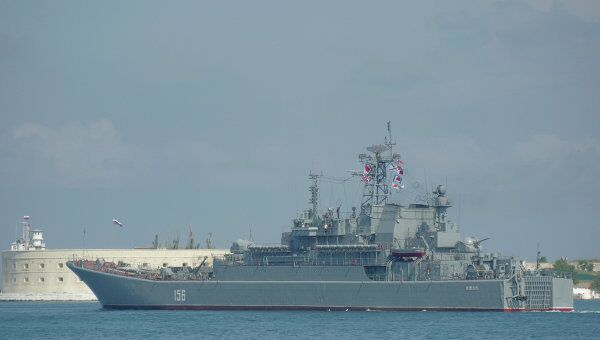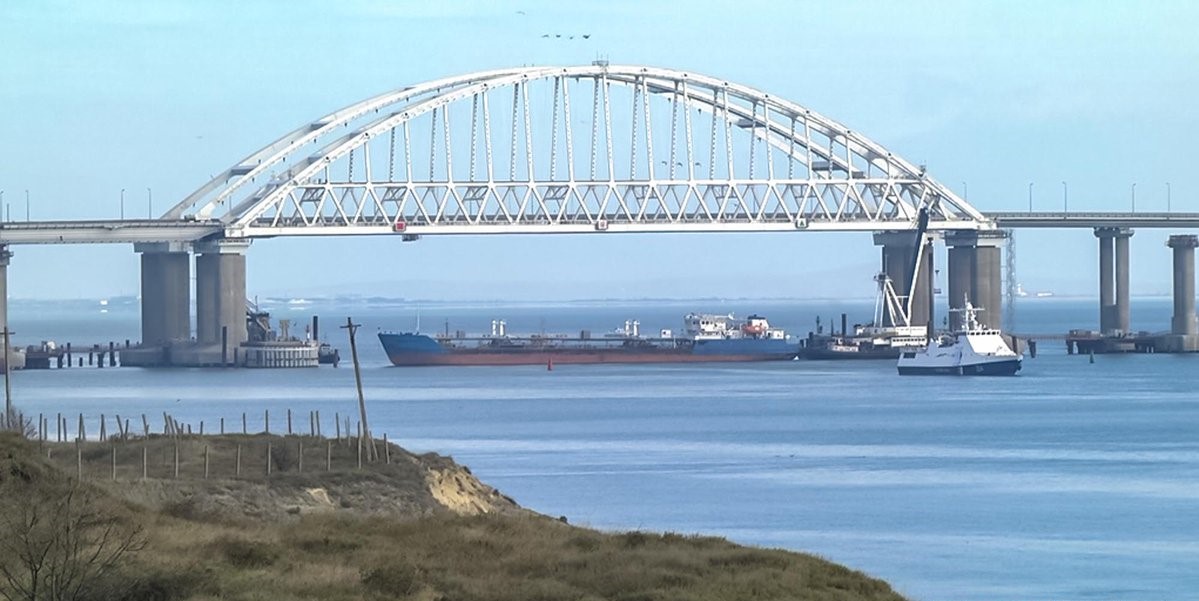Ukraine and US delegations were engaged in talks in Saudi Arabia the day after Washington representatives held negotiations with Moscow. The US and Russia have agreed on safe navigation in the Black Sea. After the meeting, Ukrainian Defense Minister Rustem Umerov said that Kyiv would consider any movement of Russian military vessels beyond the eastern part of the Black Sea a violation of this agreement.
Speaking at a briefing, Zelenskyy announced that two separate statements would be released following the Saudi Arabia meeting—one summarizing US-Ukraine agreements and another detailing the outcomes of US-Russia discussions. The key difference lies in the fifth point of each statement.
"First and foremost, we agreed on ensuring calm at sea and safe navigation," Zelenskyy emphasized.Additionally, the Ukrainian delegation discussed with the US the cessation of strikes on infrastructure.
"We devoted significant time to this issue. If we are talking about calmity at sea and safe navigation, then infrastructure must be included. We will see how this is implemented," he noted.The second point of the agreements involves refraining from attacks on energy infrastructure in both Ukraine and Russia. Kyiv also provided the US with a list of what it considers "strategic infrastructure objects." Ukraine raised concerns about the protection of civilian infrastructure, though this will not be explicitly mentioned in the official statement.
"However, we reached an understanding. The US side believes that the agreement on energy infrastructure also extends to other civilian infrastructure. Nonetheless, ensuring no strikes on energy facilities is already a significant result," Zelenskyy stressed.The third point concerns control and monitoring.
"We agreed with the US that third parties, such as European countries or Türkiye, could be involved. For maritime security, a Middle Eastern country could also participate," he explained.The fourth point of the agreement, proposed by the US, focuses on achieving lasting peace.
"Once again, we reaffirm our readiness to move swiftly toward an unconditional ceasefire and subsequent steps toward a sustainable and just peace," Zelenskyy stated.The fifth point is where the US-Ukraine and US-Russia agreements diverge.
"As far as we know, Russia raised the issue of US assistance in facilitating Russian agricultural exports, including port access and tariffs. We did not agree to include this in our joint document, as we see it as a weakening of sanctions," Zelenskyy said.However, Ukraine was not present at the US-Russia meeting, so the exact details of this condition remain unclear.
"This was not part of our agenda. The US side has raised it separately. Umerov contacted me, and I made it clear that this does not constitute a discussion of an unconditional ceasefire," Zelenskyy stressed.He reiterated that even partial ceasefire agreements on air and sea do not justify lifting restrictions on Russian agricultural exports. Additionally, Ukraine insists on the return of deported and abducted children, as well as the exchange of prisoners of war and civilian hostages.
"That is why there will be two statements. In our statement, the fifth point states that the US will assist us in securing the return of children, prisoners of war, and civilian hostages. Meanwhile, Russia's statement will reflect its separate agreements with the US," Zelenskyy concluded.Related:
- Oil pumping through Russia’s drone-struck Kavkazskaya station impossible in foreseeable future, operator says
- Satellite images reveal extensive damage at Engels-2 airbase in Russia
- Explosions and fire reported at Russia’s Engels-2 strategic bomber base after SBU drone assault (video)
- Rosneft-owned refinery in Tuapse hit in overnight drone attack (video)




